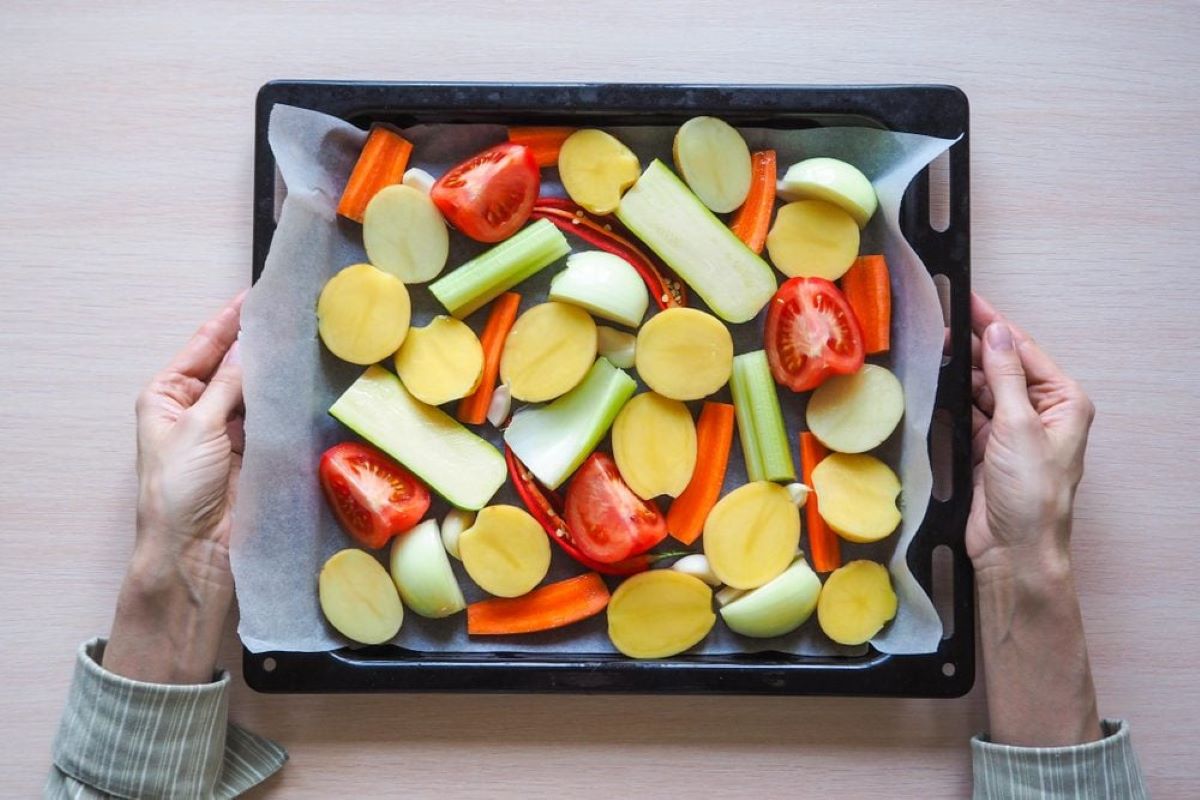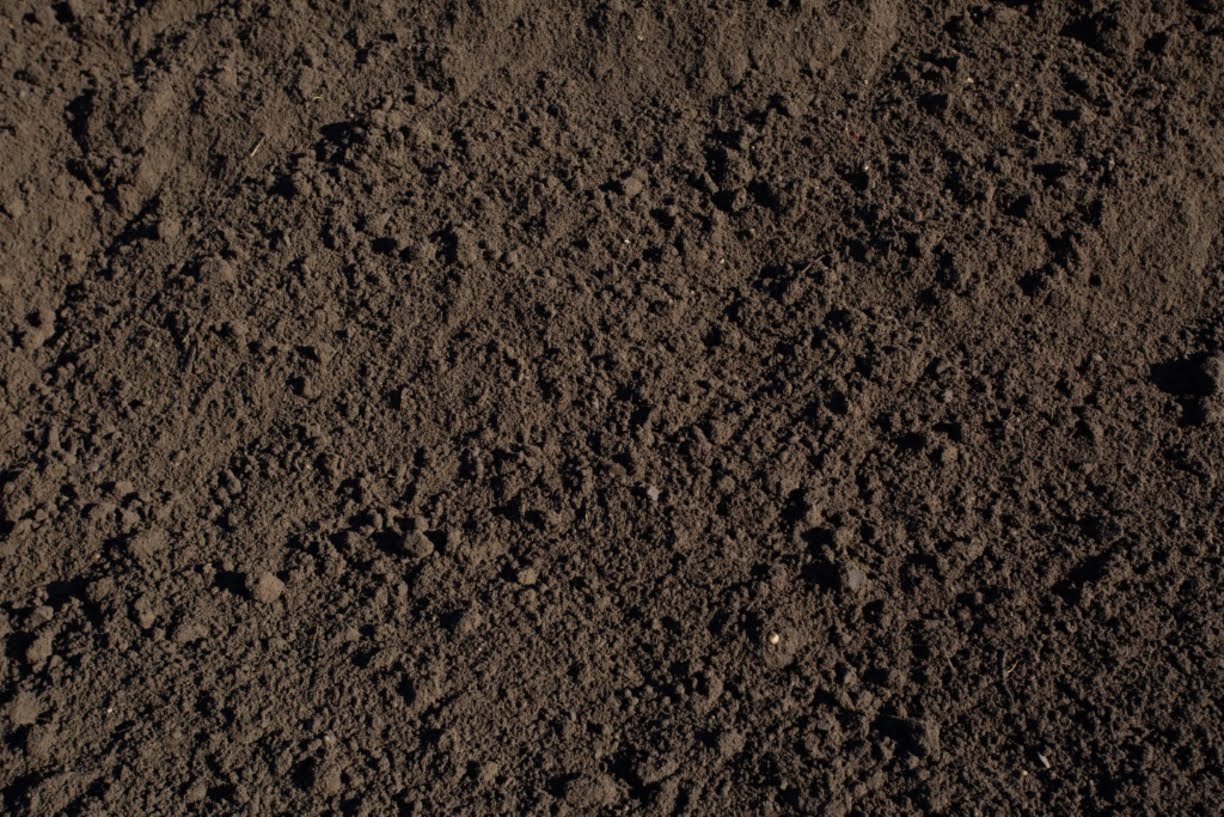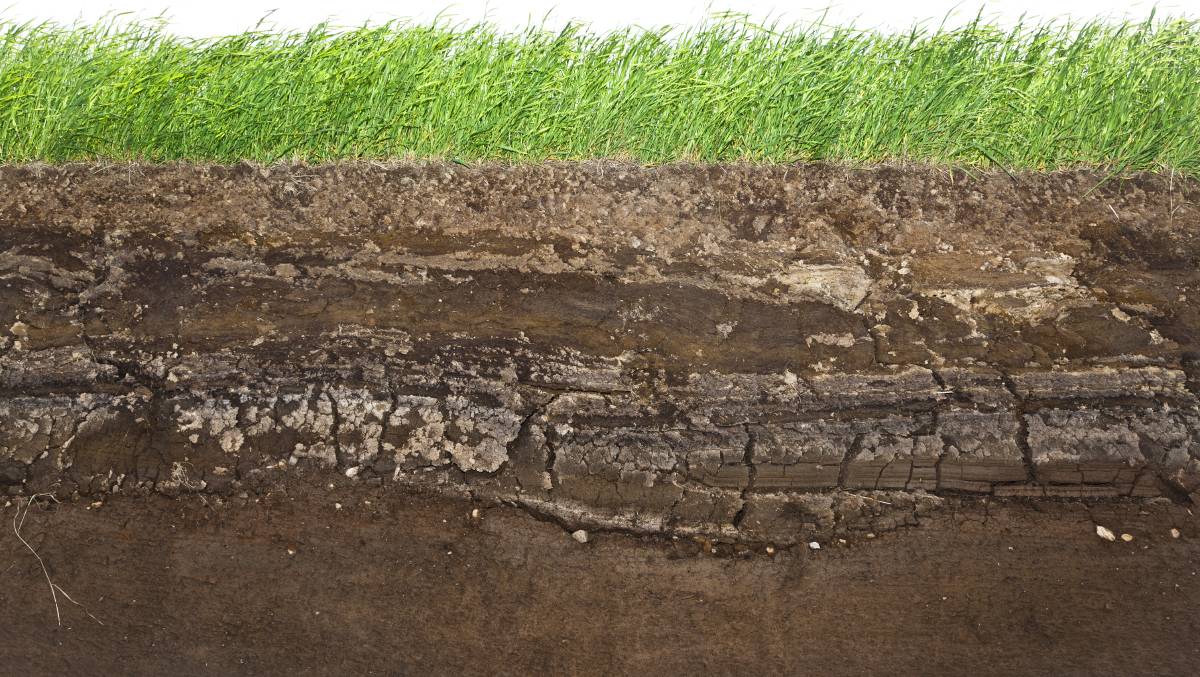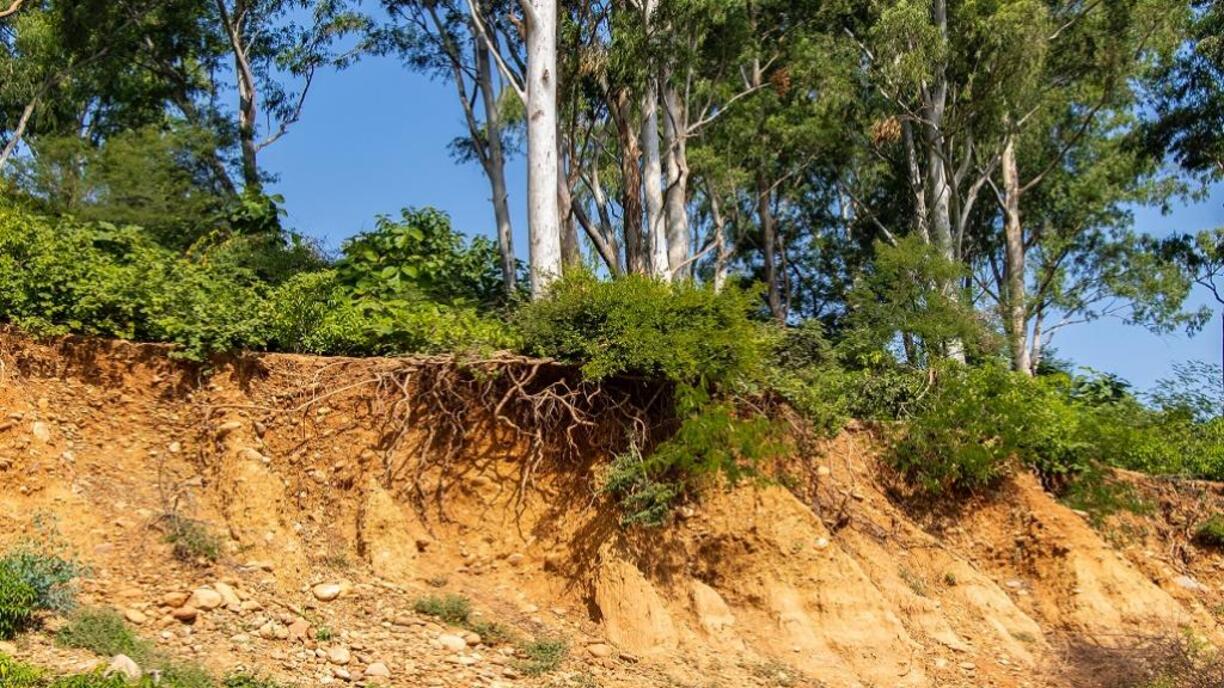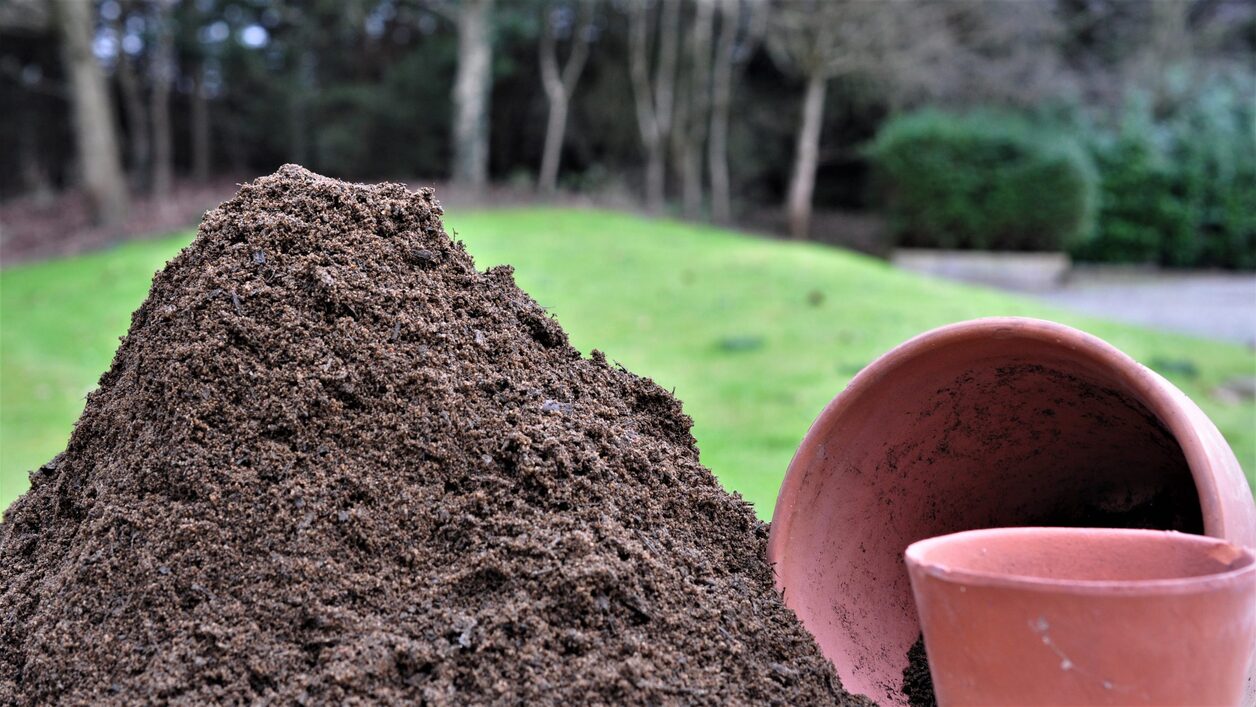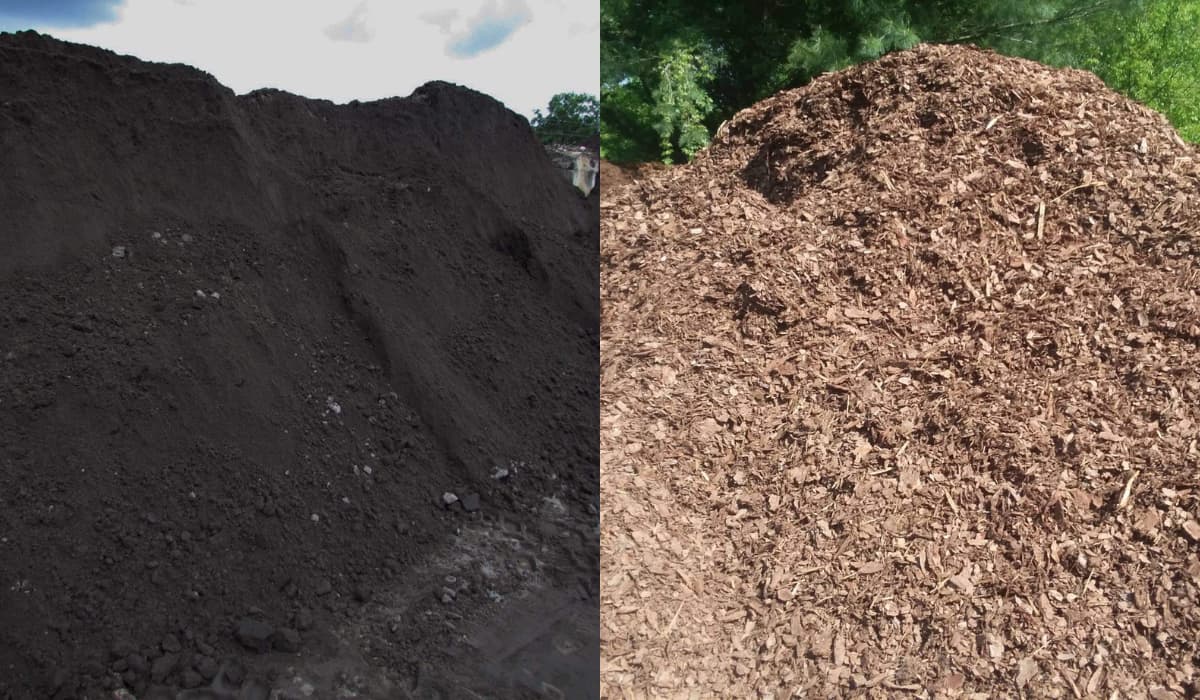Home>Gardening Basics>Understanding Soil>What Is The Weight Of 1 Yard Of Topsoil
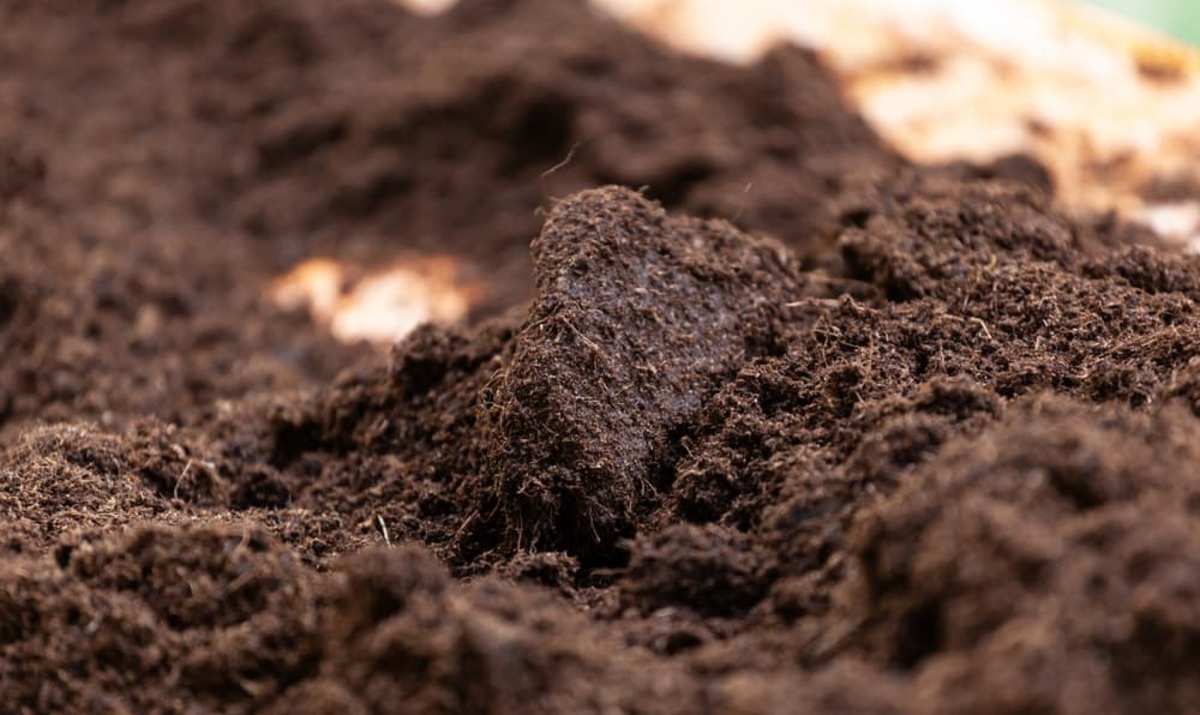

Understanding Soil
What Is The Weight Of 1 Yard Of Topsoil
Published: November 21, 2023
Understand the weight of 1 yard of topsoil with this comprehensive guide on soil composition. Get insights into the importance of soil and its impact on gardening and landscaping projects.
(Many of the links in this article redirect to a specific reviewed product. Your purchase of these products through affiliate links helps to generate commission for Chicagolandgardening.com, at no extra cost. Learn more)
Table of Contents
Introduction
Welcome to the fascinating world of soil! As a gardener or landscaping enthusiast, understanding the properties and characteristics of soil is crucial for successful plant growth and development. One fundamental aspect of soil that often comes into play is its weight, particularly when it comes to determining the quantity of topsoil needed for a project.
Topsoil, the uppermost layer of soil, contains a high percentage of organic matter and is rich in nutrients that support plant life. It is the layer where most of the biological and chemical processes occur, making it essential for healthy plant growth. To ensure that you have the right amount of topsoil for your project, it is important to know how it is measured and the factors that can affect its weight.
In this article, we will delve into the world of topsoil weight, exploring how it is measured and what factors influence its weight. We will also provide an estimate of the average weight of 1 yard of topsoil. So, let’s dig in and uncover the secrets of topsoil weight!
What is topsoil?
Topsoil, as mentioned earlier, is the uppermost layer of soil. It is crucial for healthy plant growth and serves as a vital medium for plants to anchor their roots, access water and nutrients, and carry out essential biological processes. Topsoil is characterized by its dark color, which indicates a high organic matter content.
This upper layer of soil is rich in organic materials, such as decomposed plants, leaves, and living organisms, which contribute to its fertility. It is in the topsoil that most plant roots are concentrated, as it contains the necessary nutrients and microorganisms that facilitate plant growth.
Topsoil is typically formed naturally over a long period through the process of weathering, erosion, and the decomposition of organic matter. However, it can also be artificially created or amended by adding organic materials or fertilizers to improve its quality.
When it comes to landscaping and gardening projects, topsoil is often used to provide a fertile layer for plant beds, lawns, or garden areas. It acts as a nurturing medium for plants, offering a balance of water retention, drainage, and nutrient availability.
Now that we understand the importance of topsoil, let’s explore how it is measured and the factors that affect its weight.
How is topsoil measured?
When it comes to measuring topsoil, the most commonly used unit of measurement is the cubic yard. A cubic yard is a three-dimensional unit of measurement that represents a volume of material equal to one yard wide, one yard long, and one yard high.
To determine the amount of topsoil needed for a project, such as filling a raised bed or covering a garden area, you need to calculate the volume of the space in cubic yards. This can be done by multiplying the length, width, and depth of the area.
For example, if you have a garden bed that is 10 feet long, 5 feet wide, and you want to add topsoil that is 6 inches deep, you can calculate the volume in cubic yards as follows:
Length (in yards) x Width (in yards) x Depth (in yards) = Volume (in cubic yards)
Converting the measurements to yards:
10 feet / 3 = 3.33 yards
5 feet / 3 = 1.67 yards
6 inches / 36 = 0.167 yards (depth)
Now, we can calculate the volume:
3.33 yards x 1.67 yards x 0.167 yards = 0.93 cubic yards
So, approximately 0.93 cubic yards of topsoil would be needed to fill the garden bed to a depth of 6 inches.
It is worth noting that when purchasing topsoil, suppliers often sell it by the cubic yard, making it easier to estimate how much you need for your project. You can also find online calculators that simplifies this process by allowing you to enter the dimensions and depth of your project to determine the required amount of topsoil.
Next, let’s explore the factors that can influence the weight of topsoil.
Factors affecting the weight of topsoil
The weight of topsoil can vary depending on various factors, which are important to consider when estimating the quantity needed for your project. Here are some factors that affect the weight of topsoil:
- Moisture content: The moisture content of topsoil significantly influences its weight. Moist soil will weigh more than dry soil, as water adds to the overall mass. It is important to consider the moisture content of the topsoil when calculating the quantity needed.
- Density: Different types and blends of topsoil can have varying densities, affecting their weight. The density of topsoil is influenced by the composition, texture, and organic matter content. For instance, a topsoil blend with a higher clay content tends to be heavier than sandy topsoil due to the denser particles.
- Compaction: Compacted topsoil is denser and heavier than loose, aerated soil. If you plan to use compacted topsoil for your project, such as for a driveway or walkway, it is necessary to account for the increased weight resulting from the compaction process.
- Debris and rocks: Topsoil may contain debris, such as twigs, leaves, or rocks, which can add weight. While these factors may not significantly affect the overall weight, it is worth considering if you need to remove any large rocks or debris before using the topsoil.
- Organic matter content: Topsoil rich in organic matter, such as compost, can have a higher weight due to the added nutrients and moisture retention. However, the weight difference is usually minimal and can be offset by the numerous benefits that organic matter brings to soil health and fertility.
By taking these factors into account, you can ensure a more accurate estimation of the weight of topsoil required for your project. However, it is essential to keep in mind that these factors can vary depending on the specific type and composition of the topsoil you are using.
Now that we have explored the factors influencing topsoil weight, let’s move on to discussing the average weight of 1 yard of topsoil.
Average weight of 1 yard of topsoil
The average weight of 1 yard of topsoil can vary depending on the factors mentioned earlier. However, as a general guideline, we can provide an estimate of the weight range.
On average, 1 cubic yard of topsoil can weigh between 1,000 to 2,000 pounds (450 to 907 kilograms). This weight range takes into consideration variables such as moisture content, density, and debris present in the topsoil.
It is important to note that the weight of topsoil can increase when it is wet, as water adds significant weight. Conversely, if the topsoil is dry, it may weigh on the lower end of the range.
Additionally, the specific type of topsoil blend or composition can affect its weight. For instance, a topsoil mix with a higher clay content will be denser and therefore heavier than one with a higher sand content.
When planning your project and estimating the amount of topsoil required, it is essential to consider these weight ranges to ensure that you have sufficient topsoil for your needs while also considering any weight restrictions for transportation or labor requirements for handling.
If you are unsure about the weight range of the topsoil you are purchasing, it is recommended to consult with your supplier, as they can provide more specific information based on the particular blend or type of topsoil they offer.
Now that you have a better understanding of the average weight of 1 yard of topsoil, you can make more accurate calculations for your landscaping or gardening projects.
Conclusion
Understanding the weight of topsoil is essential for any gardener or landscaping enthusiast. By knowing how to measure topsoil and the factors that can affect its weight, you can accurately estimate the amount of topsoil needed for your projects.
Topsoil plays a critical role in providing the necessary nutrients and support for healthy plant growth. By ensuring the correct amount of topsoil, you can create an ideal environment for your plants to thrive.
We have explored how topsoil is measured in cubic yards and how to calculate the volume needed for your specific project. Factors such as moisture content, density, compaction, debris, and organic matter can influence the weight of topsoil. Considering these factors will help you make more precise estimations.
On average, 1 cubic yard of topsoil can weigh between 1,000 to 2,000 pounds (450 to 907 kilograms), taking into account the variables mentioned earlier. However, it is essential to consult with your supplier to determine the specific weight range for the topsoil blend or type you are using.
So, the next time you embark on a landscaping or gardening project that requires topsoil, you can confidently calculate the quantity needed and account for the weight involved.
Now that you possess this knowledge, go ahead and transform your outdoor spaces with the right amount of topsoil, promoting healthier plants and a more vibrant garden.

